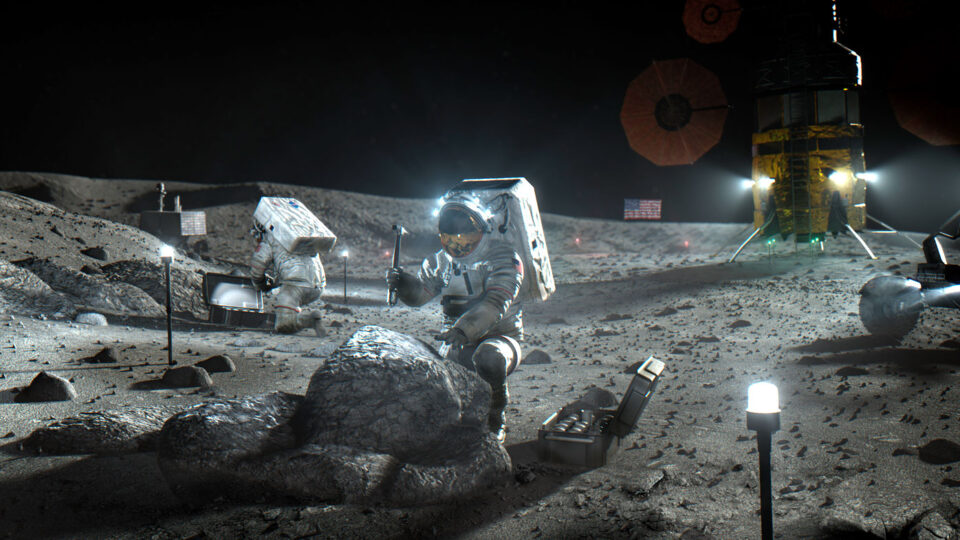An otherworldly grey, dusty substance on the moon could be instrumental in getting humans to Mars, and Australia is one of a handful of nations best equipped to mine it.
Regolith, a kind of lunar dust which covers the moon in depths of up to 10 metres, has been formed over billions of years through constant meteorite strikes.
Rich in minerals, regolith is believed to contain oxygen, silicon, iron, aluminum, titanium, calcium, magnesium and other rare elements – all which could help humans live in space.
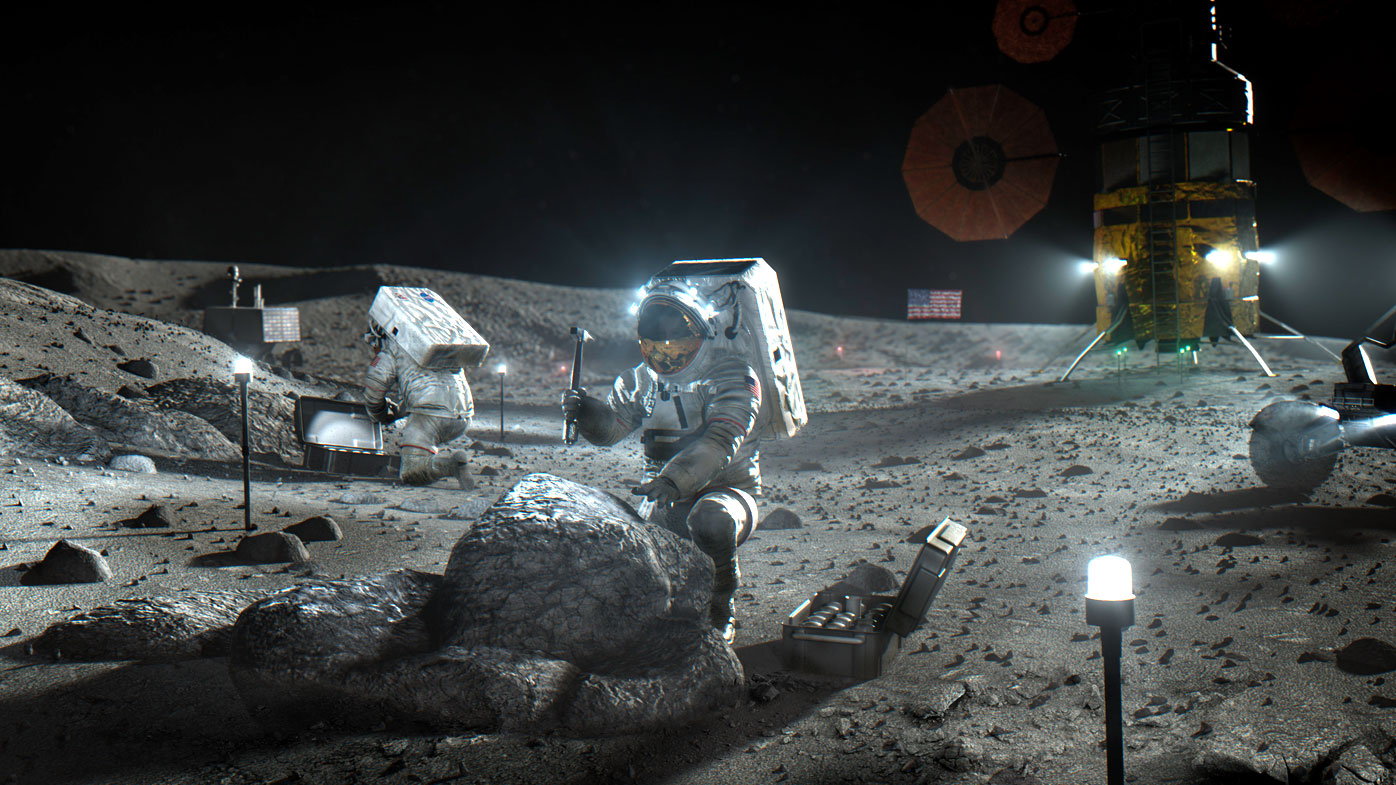
READ MORE: Sydney couple duped out of $5000 over a seven-hour call
Unlocking the potential of regolith is set to drive a kind of new gold rush on our closest celestial neighbour, which has been a source of fascination and held religious and cultural significance since prehistoric times.
Before Apollo 11 landed on the moon in July 1969, there were fears inside NASA that the moon's lunar dust could simply swallow up its astronauts like quicksand.
But, as Neil Armstrong and Buzz Aldrin discovered, despite having the appearance of light and flaky sand, regolith is in fact sharp and jagged, with a kind of coral and fragmented glass-like form.
"When Apollo 11 astronauts came back from the moon and their beautiful white spacesuits were all dusty and dirty, that's regolith," Melissa de Zwart, a member of the Advisory Council of the Space Industry Association of Australia, tells 9news.com.au.
Along with the US, China, Russia, Japan and the European Space Agency, de Zwart lists Australia as part of a select group who have the technological capability to mine the moon for what could be hundreds of billions of dollars of untapped resources.
And, as Amazon's Jeff Bezos and Tesla's Elon Musk have shown, billionaires of untold wealth and with an eye for opportunity will ensure this brave, new frontier is not the sole domain of nation states.
De Zwart says mining the moon is "going to happen very soon", and points to "proof of concept" operations already successfully conducted.
READ MORE: Mesmerising rover footage captures rare sight above Mars
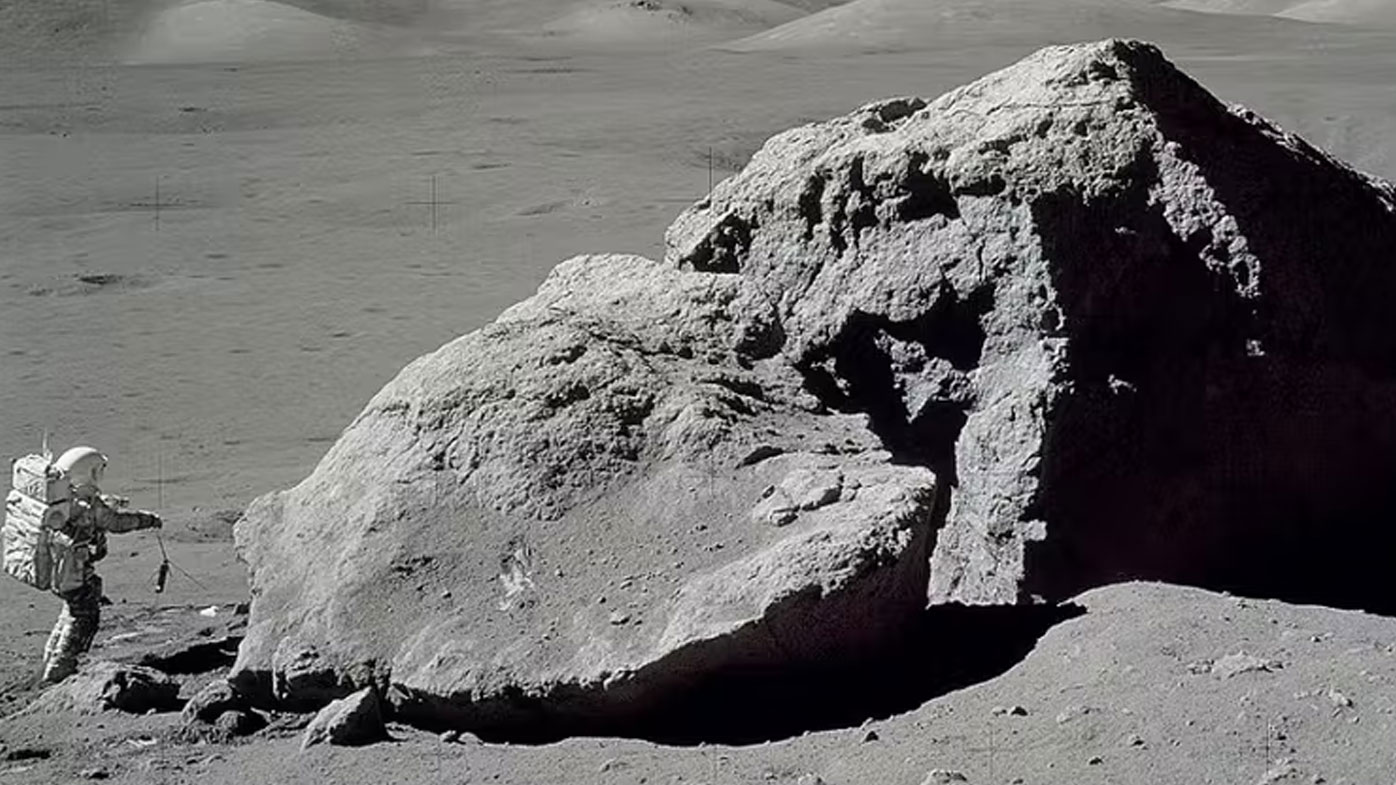
READ MORE: Aussies warned of severe weather as polar blast hits state
In 2020, NASA pledged to buy moon rocks from private companies who put robotic rovers on the lunar surface and dig for samples of the dusty terrain.
Last year the Australian Space Agency announced plans to send an Australian-made rover to the moon by as early as 2026, under a deal with NASA.
And the European Space Agency plans to start mining for water and oxygen, contained in regolith, by 2025.
The agency has signed a one-year contract with aerospace company ArianeGroup to spearhead efforts to mine regolith.
De Zwart says private corporations, such as ArianeGroup and Australian mining giants Vale, Glencore, Rio Tinto, and BHP, will "most likely" pioneer mining operations on Earth's only natural satellite.
"Australia has such an advantage technologically," de Zwart says, "because who has the expertise in mining autonomously in such hostile and extreme environments?"
National science agency CSIRO believes Australia can leverage its geoscience and mining expertise – particularly in the fields of remote and automated mining.
READ MORE: Volcanoes could still be active on Mars
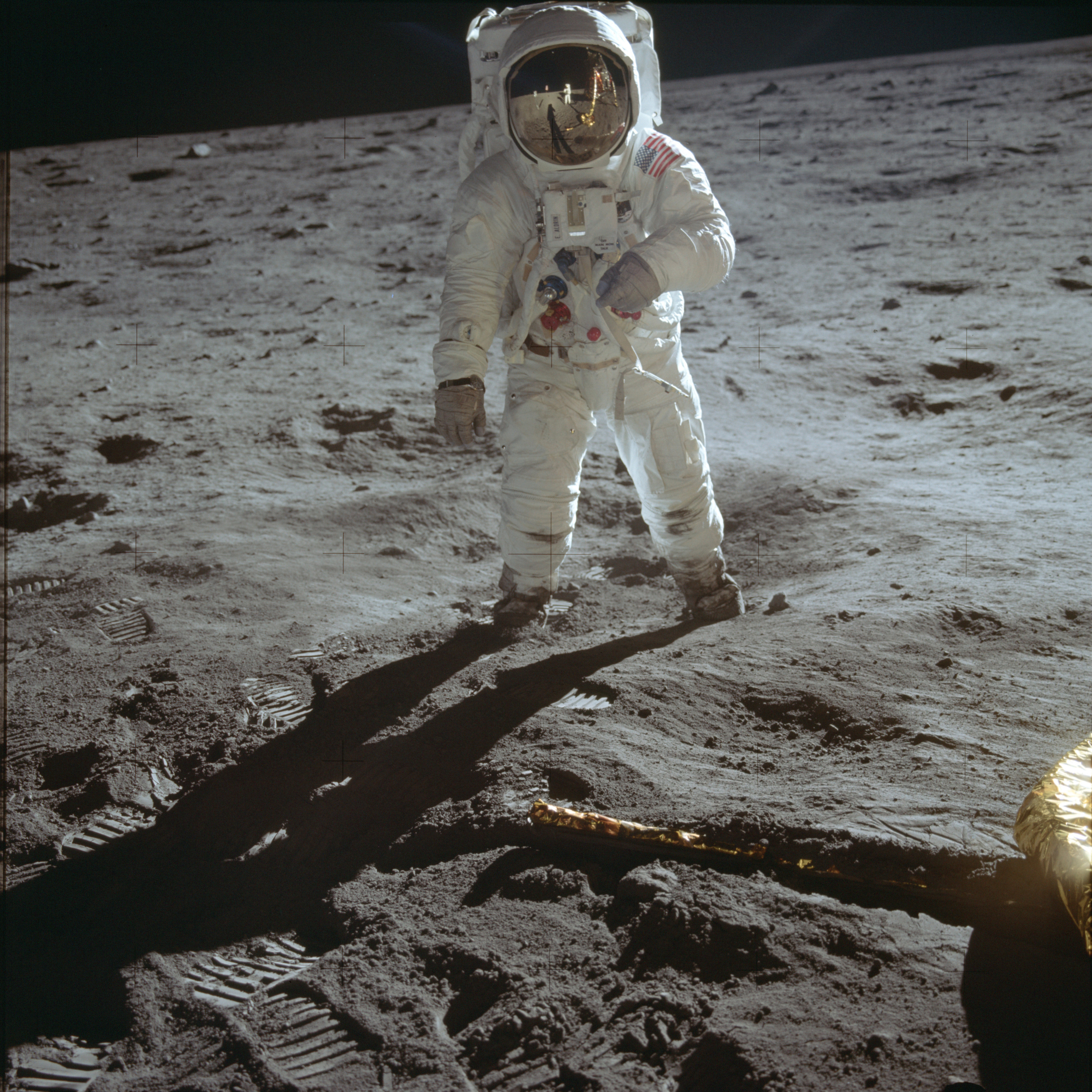
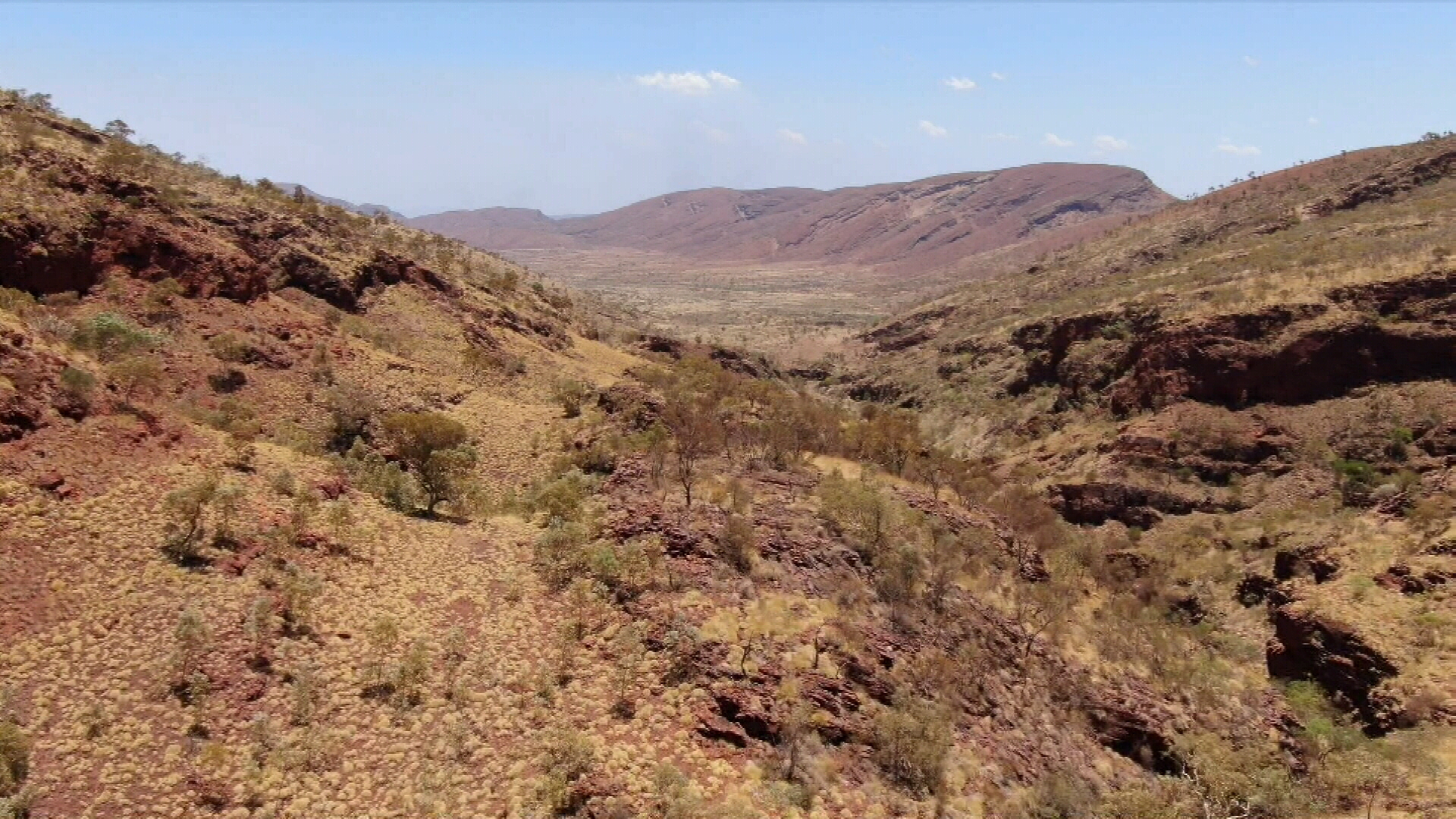
READ MORE: First ever plants grown in lunar soil in scientific landmark
Much of the mining activity in Western Australia's Pilbara is managed remotely from Perth, a method which could be replicated on the moon.
With a race for minerals, strategic advantage and unknown levels of financial wealth, there are fears of tensions between world superpowers as the space sector heats up.
The moon is viewed as a kind of lunar gateway, which could potentially vault humans beyond the International Space Station and into other far flung parts of the universe.
Taking materials up to the moon, powering through the Earth's gravitational pull, is too difficult, inefficient and horrendously expensive.
To transport cargo the 384,400 kilometres from Earth to the moon, CSIRO estimates it costs around US $1 million per kilogram.
It is necessary, experts believe, for humans to create and build bases on the moon using materials excavated from regolith.
So robotic mining rovers will be just part of the puzzle.
De Zwart says our lofty ambitions to reach Mars will mean putting people back on the moon to assist mining operations and build settlements and bases.
And that, de Zwart says, is where humans are venturing into unknown and possibly fraught territory.
The Outer Space Treaty, signed by 107 countries, prevents any nation from claiming sovereignty over the moon or any other celestial body.
READ MORE: Why the US government proposed nuking the Moon
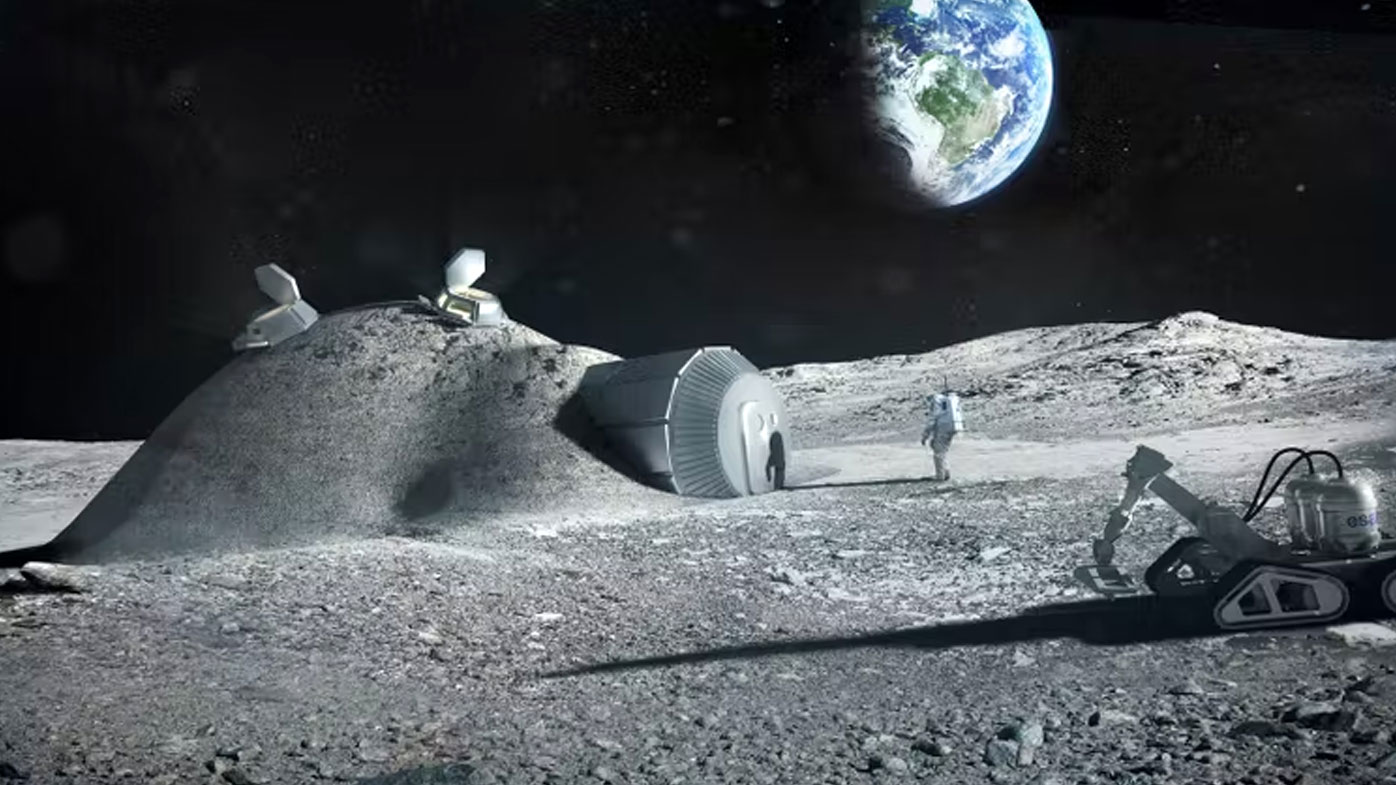
READ MORE: What happened after Australian woman Briggite set Everest record
However, mining on the moon is not fully regulated by any treaty.
The Moon Agreement, signed in 1979, accords most protection of the moon and does seek to govern the kind of activities that take place on its surface.
However, of the leading spacefaring nations, only Australia has signed up to the agreement, which has a meagre 18 signatories.
"Human beings will go into space, and, you know, things happen when humans go anywhere," de Zwart predicts.
"You are going to have multiple, competing uses of the moon."
READ MORE: Real reason sides of the moon look different
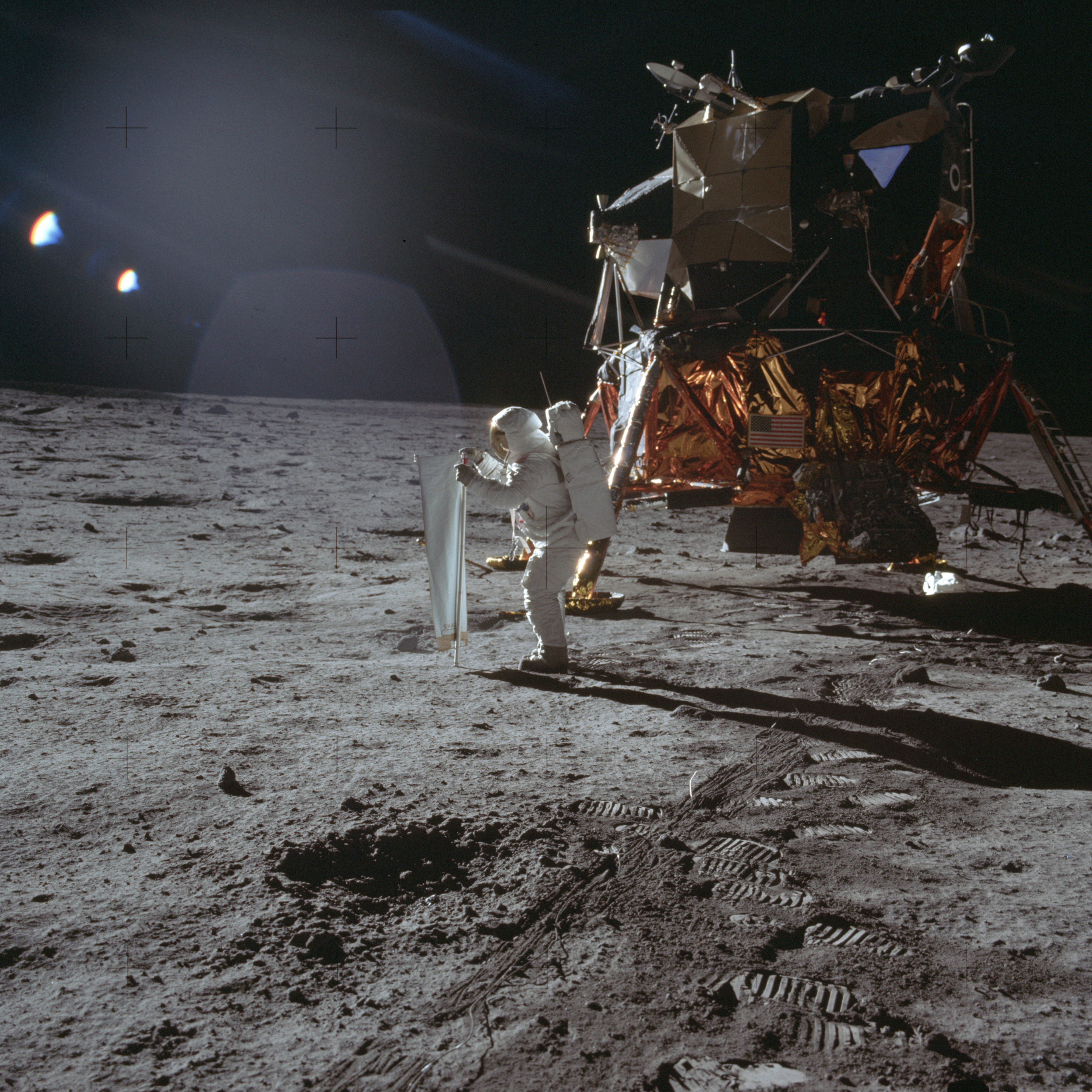
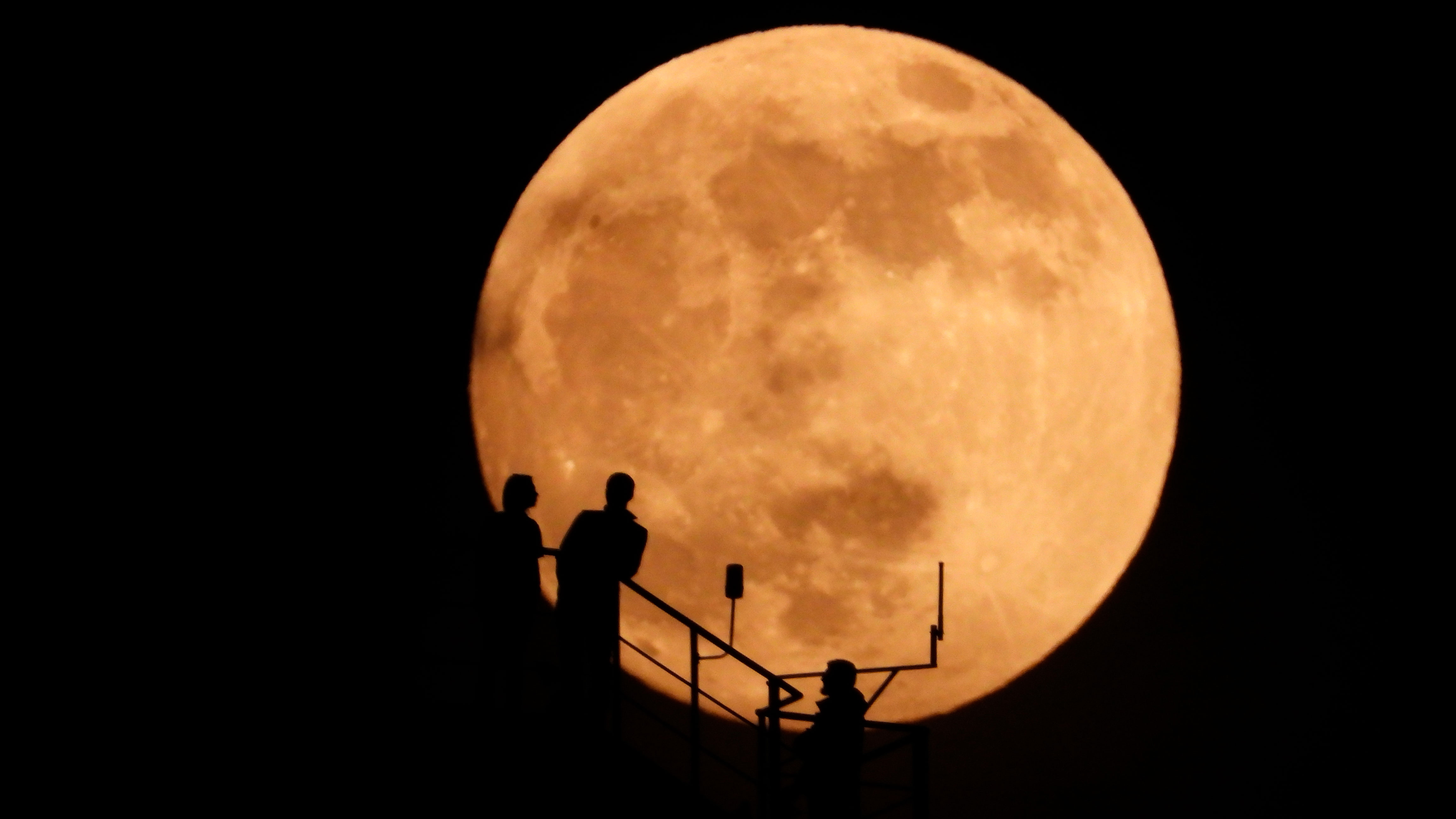
Tensions could rise over mine and other strategic locations, she says.
At the moment, under current treaties, there is no certainty or rulebook for how potential conflicts will be resolved.
"One bad mistake in space can mess it up for everybody. So, it really is an environment that we need to be cooperative about," de Zwart says.
"The moon, I think, means something to most people.
"When we look up at the moon, it gives us a sense of where we are on Earth. And we get excited when there's a big full moon or a blood moon or an eclipse.
"I don't think that we want to go up there and fight over the moon."

